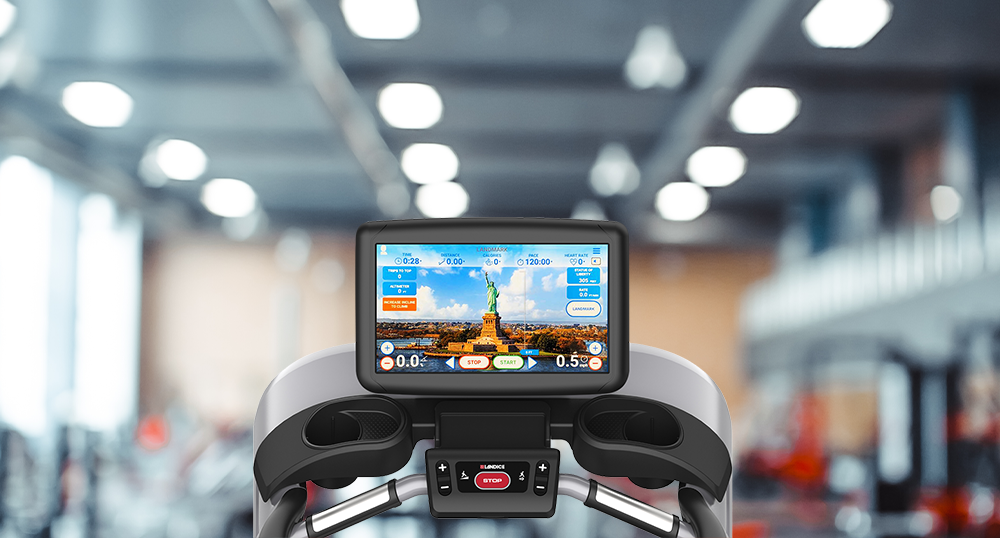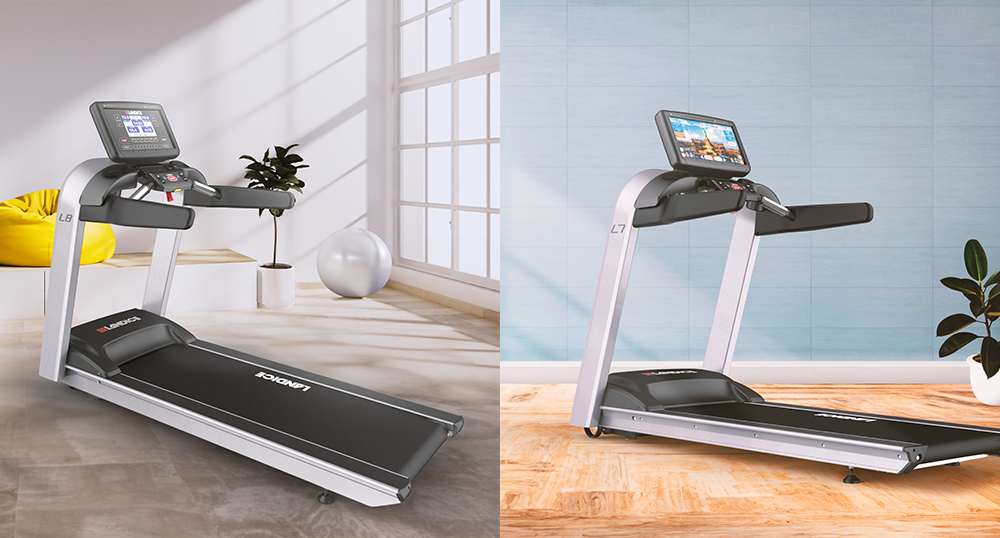Indoor Running vs. Outdoor Running: How Does the Treadmill Compare?
March 26, 2019
Most runners have strong convictions on where the best place to train is. However, at some point, we've all jumped on a treadmill to get a run in. Some of us were put there because the weather was bad or we just didn't have time to go outside. Others of us are there, because we love the safety and security of treadmill running along with the ability to control our elevations and speed as needed.
All of this begs the question of whether or not treadmill running is as effective as outdoor running. In a new research published in Sports Medicine, scientists from Australia sought to answer these questions by investigating the differences in running performance on a treadmill versus real ground.
The Study
To gather this data, they analyzed 34 studies that compared treadmill runs to “overground” (outdoor) runs. Twelve of the studies asked participants to run on a 1 percent grade on the treadmill, while the others used higher or lower inclines, as reported in a recent Runner's World article.
The researchers were focused on three key measures of comparison: physiological (how hard the runners’ bodies were working to maintain pace and finish their workouts, measured by heart rate, blood lactate levels, and VO2 max), perceptual (how hard the workout felt for the runners), and performance (how the runners performed in time trials).
Interestingly, the study found that when the runners ran faster—but not all-out—on the treadmill, they exhibited higher heart rates and reported higher levels of perceived exertion (i.e., the run felt harder) than when they ran the same workout outdoors, though they had lower blood lactate levels indoors compared to outdoors. But when the runners went slower on the treadmill, their heart rates and perceived exertion levels were lower than when they ran the same effort on real ground.
For some performance measures, like VO2 max, treadmill running and outdoor running were very similar. The study found that participants achieved about the same VO2 max (how much oxygen your body can use during physical activity) running at a 0 or 1 percent grade as they did on ground. Runners also reached a similar top sprinting speed on the track and treadmill. Interestingly, though, the runners in the studies displayed more endurance—i.e., they could push harder and for longer—running on land than on the treadmill.
That was a surprise to the researchers. Since so much of treadmill running can be controlled (like wind, climate, elevation, and speed) it seems that runners would perform best on treadmills. And yet, time and again, when runners are asked to simulate a race outside, they’re able to hit faster times, he explained.
Why does this happen? The research suggests that because people perceive running on a treadmill as harder than running outdoors, they tend to select treadmill speeds that are slower than what they’re capable of doing.
One way to make treadmill running even harder, of course, is setting the belt on an incline. There’s no question that hill workouts on the treadmill can simulate the real deal.
How much should you crank up the incline? The research suggests that if you’re going fast on the treadmill, using up to 1 percent is beneficial, since it simulates the type of resistance you encounter from the wind when running outside.
At what level do you run at? Which percent increase gives you that outdoor feeling in the comfort of your own home gym?
.png?width=258&height=54&name=Landice_logo%20(1).png)





